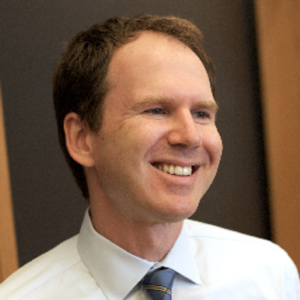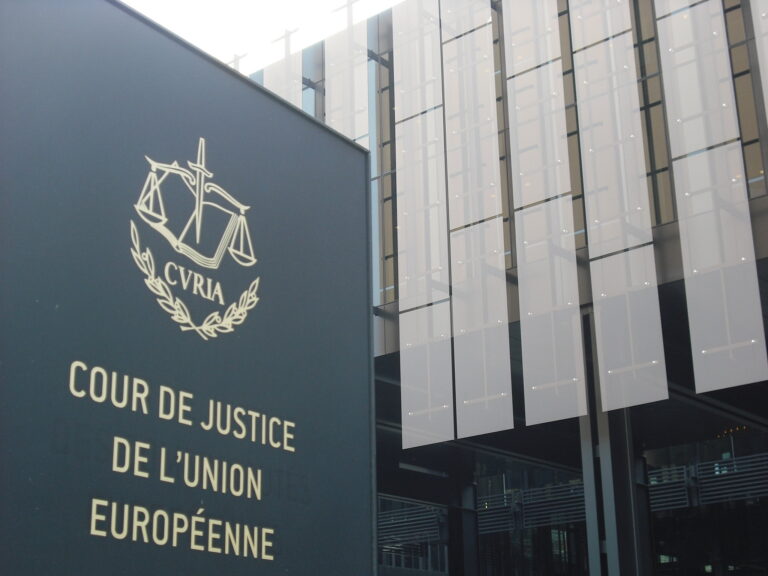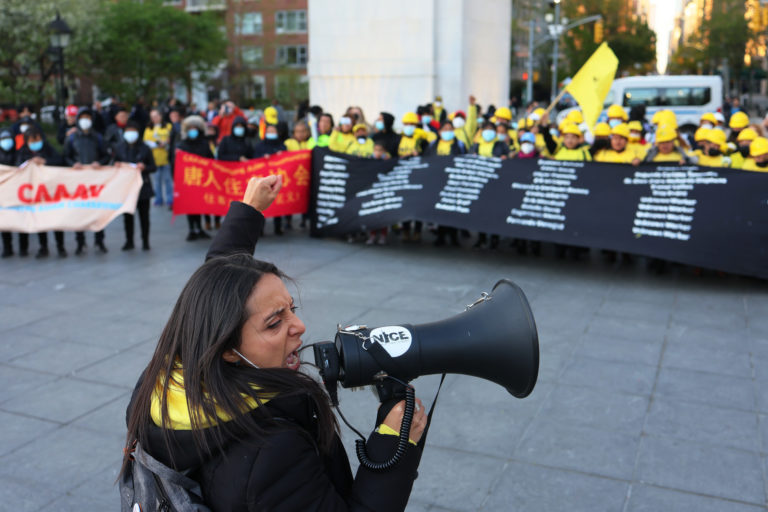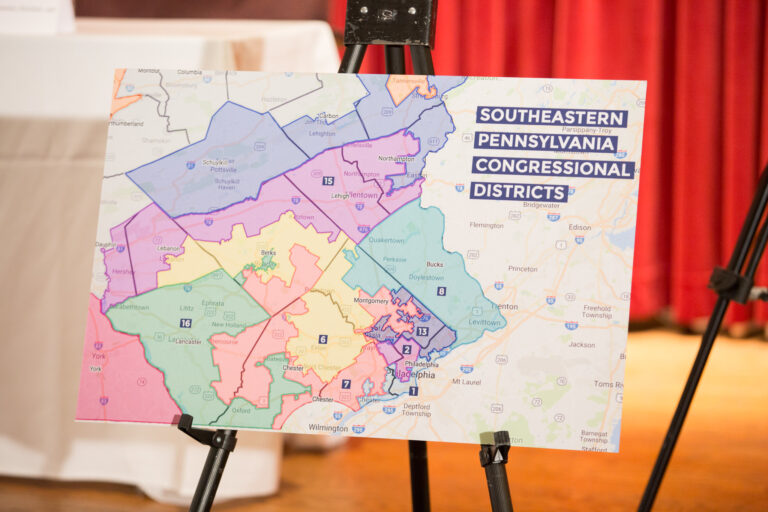
Benjamin Sachs is the Kestnbaum Professor of Labor and Industry at Harvard Law School and a leading expert in the field of labor law and labor relations. He is also faculty director of the Center for Labor and a Just Economy. Professor Sachs teaches courses in labor law, employment law, and law and social change, and his writing focuses on union organizing and unions in American politics. Prior to joining the Harvard faculty in 2008, Professor Sachs was the Joseph Goldstein Fellow at Yale Law School. From 2002-2006, he served as Assistant General Counsel of the Service Employees International Union (SEIU) in Washington, D.C. Professor Sachs graduated from Yale Law School in 1998, and served as a judicial law clerk to the Honorable Stephen Reinhardt of the United States Court of Appeals for the Ninth Circuit. His writing has appeared in the Harvard Law Review, the Yale Law Journal, the Columbia Law Review, the New York Times and elsewhere. Professor Sachs received the Yale Law School teaching award in 2007 and in 2013 received the Sacks-Freund Award for Teaching Excellence at Harvard Law School. He can be reached at [email protected].
According to a recent piece in the Wall Street Journal, Uber has increased it’s “take-rate” in select markets. Since April, in San Francisco and San Diego, Uber has been taking a 30% commission on rides offered by new UberX drivers. The previous take-rate was between 20% and 25% in these markets.
The increased rate is itself of general relevance, but it’s Uber’s “tiered fee structure” – of which the increased take-rate is a part – that should be of interest to employment lawyers. According to the Journal, Uber will lower the take-rate for drivers as they complete more and more rides each week. Thus, “In San Francsico, a new UberX driver pays 30% of fares to the company for the first 20 rides in a given week. The rate then falls to 25% of fares for the next 20 rides, and to 20% for any additional rides in the same week.” Lyft has had a similar tiered fee structure since last year: as with Uber, the Lyft take-rate declines as drivers do more driving.
The incentive created by these declining take-rates is clear. As the Journal put it, “[t]he new system . . . encourages drivers to work exclusively for Uber, rather than switch between the app and competing rideshare services like Lyft.” According to the Journal, this incentive has employment law implications: “[i]n motivating drivers to commit to their services full-time, both companies may be undermining their own claims, now being tried in the courts, that drivers are independent contractors.”
I think this is correct, and for a couple reasons. First, under some tests of employment, the question of whether an ostensible employee is free to engage in competitive employment is directly relevant to the employee/ independent contractor determination. Thus, for example, under New York law, the factors relevant to assessing employment status include whether the putative employee “was free to engage in other employment.” Similarly, in Tennessee, “there are a number of indicia to be considered by a trier of fact in determining the existence or nonexistence of an independent contractor relationship, such as…(7) being free to render services to other entities.”
Under no test for employment, however, is this kind of constraint dispositive. Indeed, even in regimes where the freedom to engage in other employment is an explicit factor, it is a secondary indicia of employee status at best. In many of the more prominent tests, the factor does not appear at all. And some courts have dismissed it explicitly, as in Kansas: “the fact that a full-time worker is not prohibited from pursuing other jobs during the worker’s free time is not a compelling factor.”
Nonetheless, there is a second and more important reason that freedom to engage in competitive employment might be relevant to employment status, a reason that applies whenever right to control is a relevant factor — that is, a reason that applies in essentially all tests of employment. If the take-rate structure incentivizes drivers to work exclusively for one firm, this will inevitably increase the economic leverage the firm has over its drivers. As a matter of economic reality, as this leverage increases, so too will each firm’s capacity to control the work done by the drivers increase.
In this way, the take-rate analysis resembles the right-to-discharge analysis; indeed, the two go hand in hand. As many courts have made clear, the right to discharge is strong – perhaps the strongest – evidence that a firm has the right to control work details. Here’s how Judge Chen put it in the Uber summary judgment order:
The Supreme Court has further emphasized that the pertinent question is “not how much control a hirer exercises, but how much control the hirer retains the right to exercise.” Ayala v. Antelope Valley Newspapers Inc., 59 Cal. 4th 522, 533 (2014) (citation omitted) (emphases in the original). When evaluating the extent of that control, the Supreme Court has stressed that an employer’s “right to discharge at will, without cause” is “strong evidence in support of an employment relationship.” Borello, 48 Cal. 3d at 350; see also Ayala, 59 Cal. 4th at 531 (characterizing the right to discharge without cause as “[p]erhaps the strongest evidence of the right to control”); Narayan, 616 F.3d at 900 (characterizing the right to discharge at will as the “most important” factor for determining whether an employment relationship exists). This is because the “power of the principal to terminate the services of the agent [without cause] gives him the means of controlling the agent’s activities.”
The right to discharge increases a firm’s economic leverage and thus increases the firm’s practical right to control. A take-rate structure that incentivizes drivers to drive for only one firm has a similar effect: the more diversified the driver’s source of fares, the less control any one source will have; on the other hand, when a driver drives for one firm only, that single firm will have a much greater capacity to control. Indeed, when a firm has the right to discharge, and a fare structure that encourages drivers to drive only for that firm, the firm’s control is maximized.
So, the take-rate structure being implemented by Uber and Lyft is relevant to the independent contractor/employee question, and probably ought to contribute to a finding of employment status.






Daily News & Commentary
Start your day with our roundup of the latest labor developments. See all
December 19
Labor law professors file an amici curiae and the NLRB regains quorum.
December 18
New Jersey adopts disparate impact rules; Teamsters oppose railroad merger; court pauses more shutdown layoffs.
December 17
The TSA suspends a labor union representing 47,000 officers for a second time; the Trump administration seeks to recruit over 1,000 artificial intelligence experts to the federal workforce; and the New York Times reports on the tumultuous changes that U.S. labor relations has seen over the past year.
December 16
Second Circuit affirms dismissal of former collegiate athletes’ antitrust suit; UPS will invest $120 million in truck-unloading robots; Sharon Block argues there are reasons for optimism about labor’s future.
December 15
Advocating a private right of action for the NLRA, 11th Circuit criticizes McDonnell Douglas, Congress considers amending WARN Act.
December 12
OH vetoes bill weakening child labor protections; UT repeals public-sector bargaining ban; SCOTUS takes up case on post-arbitration award jurisdiction